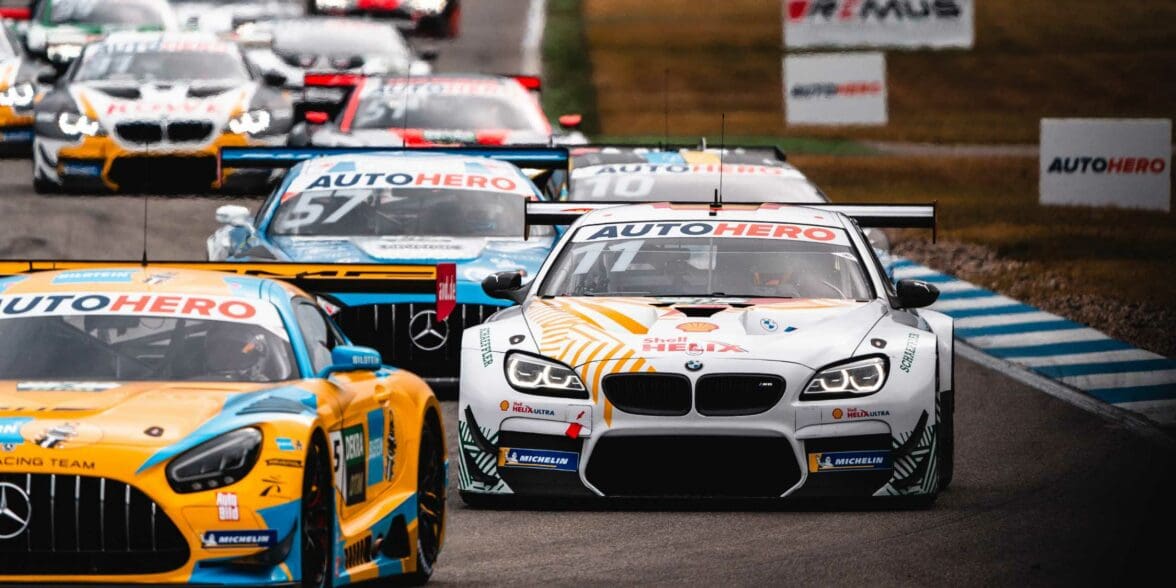For decades, every motorsport has relied on the humble combustion engine. It simply wouldn’t have been possible to run a vehicle without one. However, after 120+ years and an explosive revolution in technology, all-electric vehicles are finally here. As a result, many motorsport associations quickly updated and added electric divisions to their championship titles.
Although the technology isn’t quite ready to replicate the demanding Formula One, a surprising number of motorsports have already moved to electric alternatives. Not only does this reduce emissions, but it also allows for additional features and race parameters to be set. But exactly which motorsports are turning electric? Read on and find out!
Electric Drag Racing
Drag racing took root in the 1940s, shortly after World War 2. As a result, many veterans were involved in these races, which were often undertaken at decommissioned air bases. A decade later in 1951, Wally Parks founded the National Hot Rod Association (NHRA) and officialised the sport.

Now, after 80 years and attaining worldwide popularity, drag racing is finally starting to go green. Following the formation of the National Electric Drag Racing Association (NEDRA), electric drag racing was legitimised as real motorsport. However, the rules have changed significantly from traditional drag racing.
NEDRA oversees most electric drag races in North America. They remain responsible for enforcing both common safety rules and additional regulations on voltage, battery type, motors and configuration. They hold races in several categories, including motorcycles, dragsters and cars, many of which have resulted in new world records.
Formula E (Electric Grand Prix)
Conceived in 2011 by the FIA, Formula E is the electric alternative to Formula One. The first official championship race was held in 2014, with the division gaining FIA world championship status in 2020. Due to the nature of these cars, race parameters can easily be changed to encourage challenge and variation.
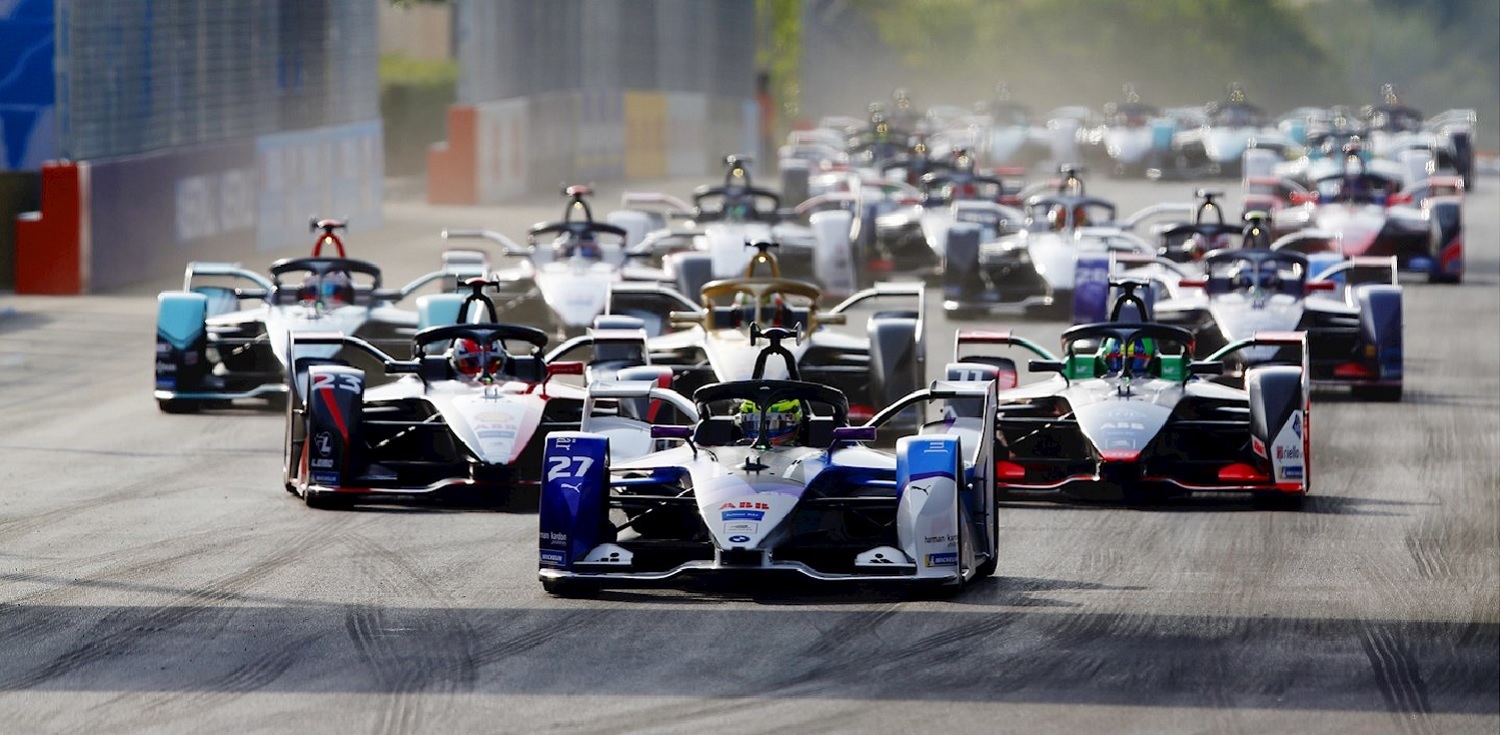
Originally limited by technology, Formula E has made huge advancements in recent years and is quickly covering the gap between Formula One. Despite this, electric Grand Prix races aren’t quite there yet. The cars are slightly slower with reduced mileage, yet they are clearly catching up rapidly.
Interestingly, spectators have the ability to vote for their favourite driver, with the top 5 highest voted receiving an extra 5-second power burst during the race. This is a fun fan feature that we would never have expected to see in racing – and one impossible to replicate in Formula One. We can’t wait to see how this motorsport evolves in the coming years.
MotoE (Electric MotoGP)
MotoE, also known as FIM Enel MotoE World Cup, is a purely electric motorcycle racing division. This division got off to a very rocky start, with a fire destroying both the race machines and a special facility in the circuit. As a result, the first two opening race events were cancelled and postponed for several months.
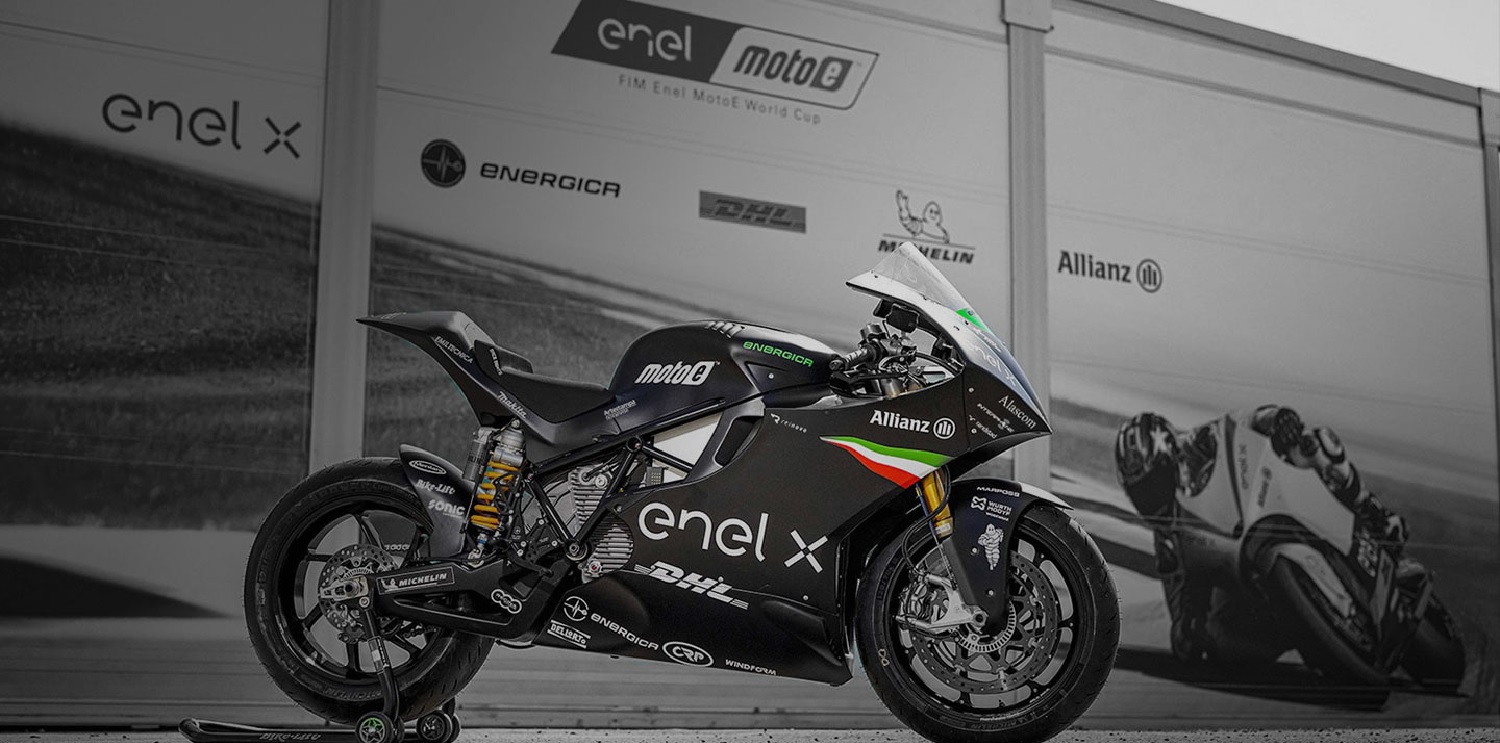
However, the following championships went as planned, currently sitting at 3 championship tournaments since 2019; with a further tournament planned for 2022. It’s still early days for MotoE and we expect to see much more from this event. We can only assume that these races will get even more entertaining and intense as technology advances.
Learn all about the latest advances in PLEV battery technology now; or continue on to read about the potential electric NASCAR division!
Is NASCAR Going Electric?
This is a question on every NASCAR fan’s mind and certainly a long-overdue inclusion into the sport. With such a long history, many may think this motorsport will never transition from combustion engines. Despite this, the organisation believes that the move to electric engines will cut fuel costs, emissions and noise pollution – although many fans seem to love the latter.
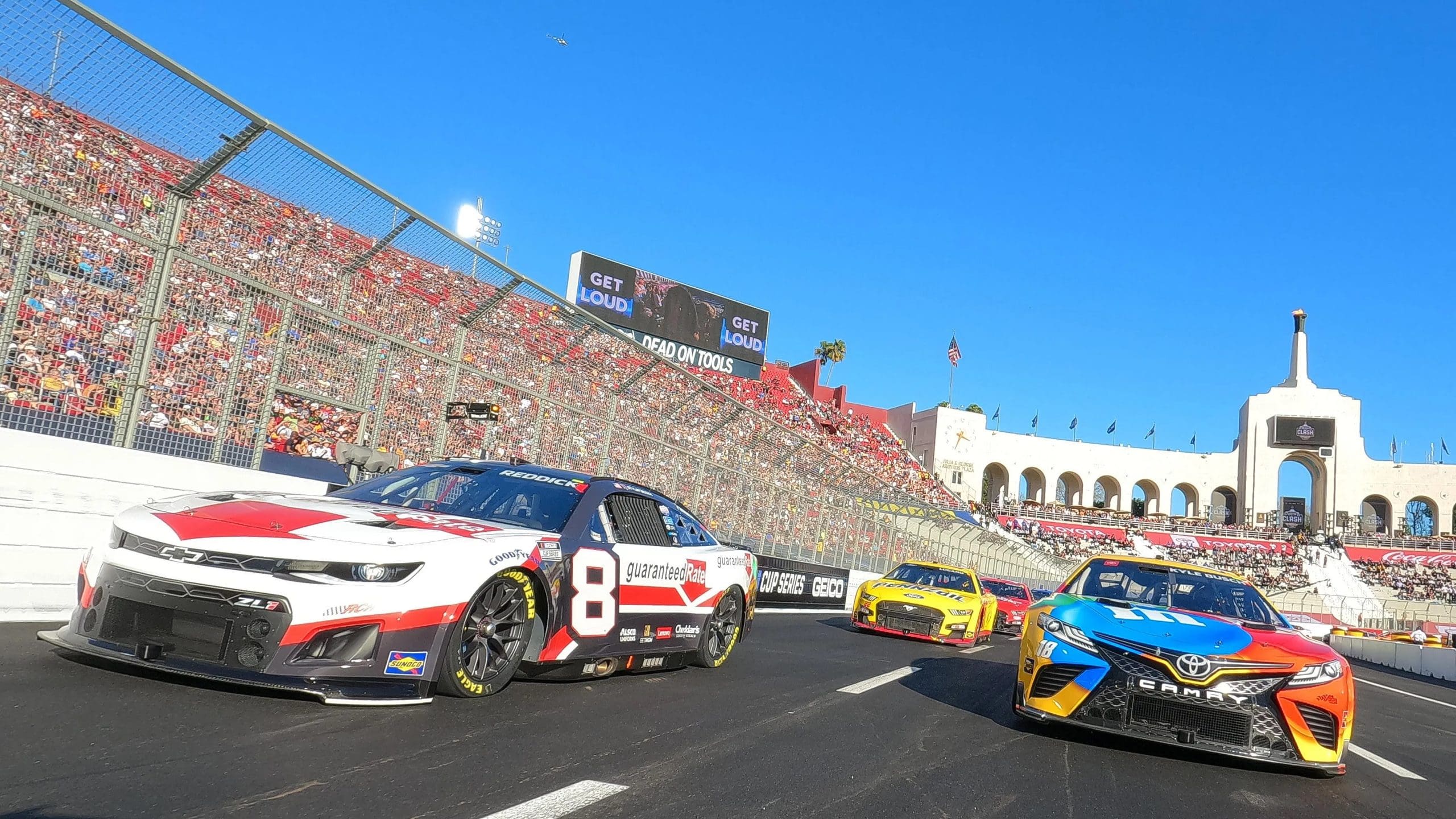
However, the truth is that in 2018, NASCAR already announced their intent to go hybrid, with the possibility of pure electric power in the future. Now, 5 years later, we have seen little movement towards a fully-electric or even hybrid NASCAR division. We believe this is most likely due to technical limitations, such as battery capacity.
Despite the delay, the dream is still alive for newly-promoted NASCAR COO Steve O’Donnell, confirming a continued interest in an electric series in March this year. It seems likely that traditional NASCAR is here to stay, with the electric series running in tandem as a companion cup or championship.
Thankfully in 2019, senior vice president John Probst revealed that 2022 will most likely be the year in which their cars transition to a hybrid system. Whether this will happen on schedule remains up for debate. Regardless, it seems big things are to follow in the coming decade of NASCAR.
Electric Rally & Rallycross
The past few years have been big for the world of both rally and rallycross alike. The traditional World Rally Championship (WRC) is geared towards a new era of hybrid cars for 2022, just in time for their 50th anniversary. Due to the distances covered in WRC races, the decision to opt for hybrid over electric cars was made.
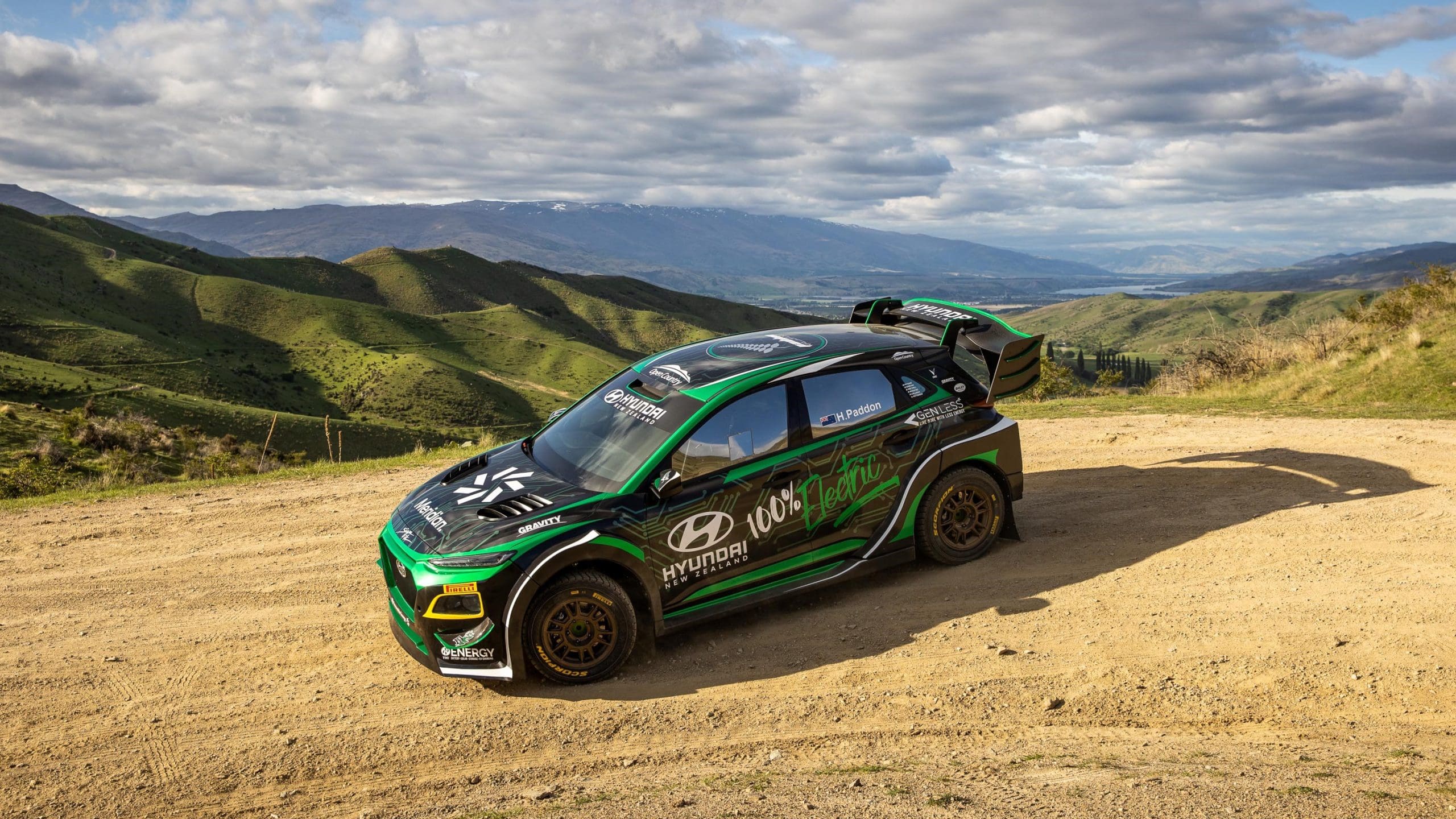
Whilst we would love to see an all-electric WRC, both the charging time and ranges offered just aren’t good enough yet. Despite this, we have seen interest and involvement from many top motoring brands, such as ‘Skoda’s RE-X1 Kreisel’ and the ‘Audi RS Q e-tron’. We expect to see rally cars quickly evolve to all-electric in the coming years, as technology catches up.
Rallycross
Interestingly, Rallycross saw even bigger moves in 2021. The previously petrol-powered ‘RX2 class’ was discontinued and later replaced with an all-electric ‘RX2e class’. Sanctioned by the FIA, the RX2e Championship is the first ever FIA electric rallycross competition of its time.
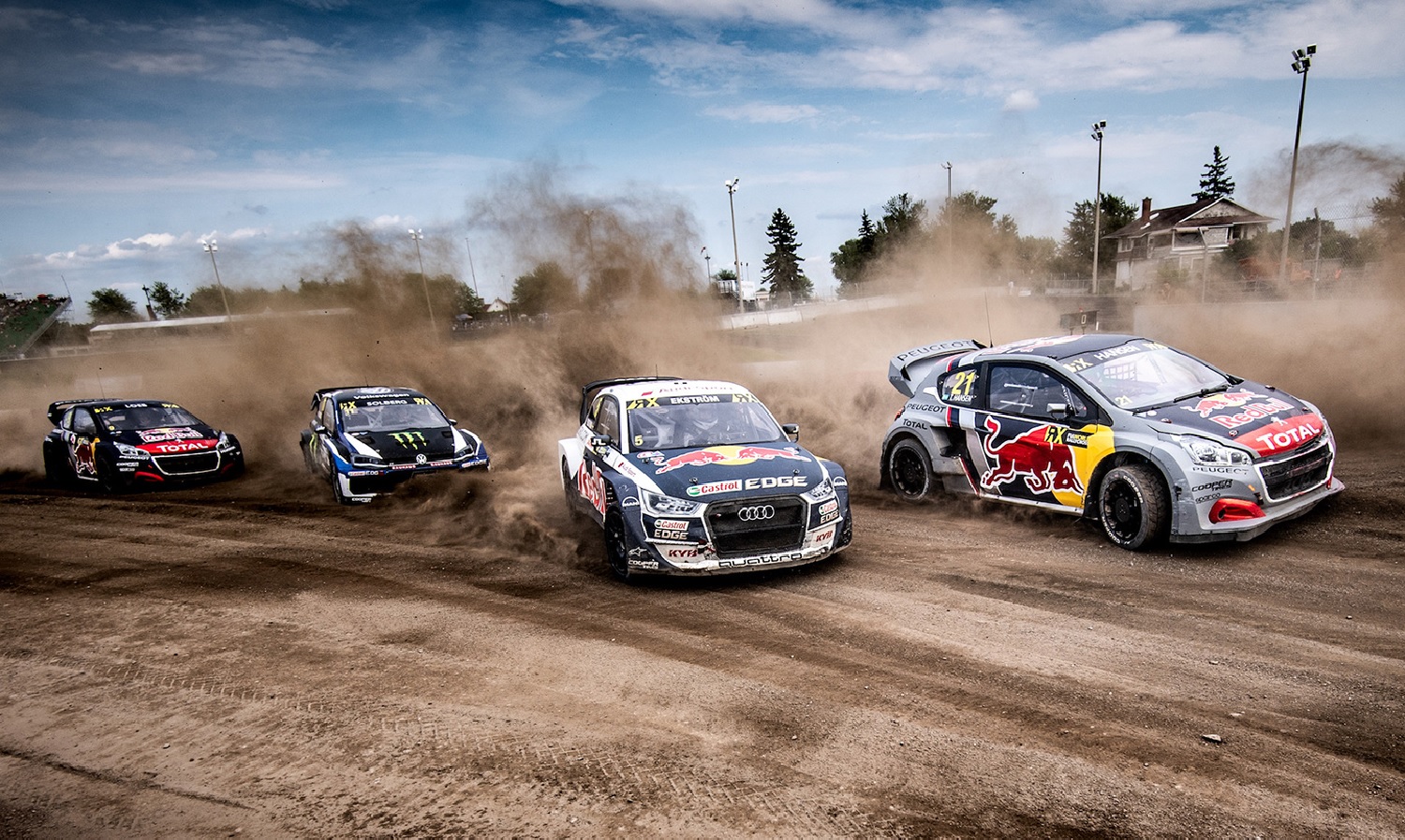
Both RX1 and RX2e divisions race on the same track, during the same week; a perfect harmony of the old and new. One key difference is the RX2e’s nature as a single-spec series, meaning each car offers virtually identical performance. Now more than ever, driver skill, teamwork and raw talent are valued above all else – making for much more exciting races!
Electric GoKarting (E-Karting)
Traditional GoKarting originated in 1950s Los Angeles, before soon taking the whole world by storm. After over 60 years of petrol-propulsion, many go-kart manufacturers switched to all-electric motors throughout the 2010s; producing models known as ‘E-Karts’. These electric go-karts offer superior acceleration and torque over conventional combustion-engined models.
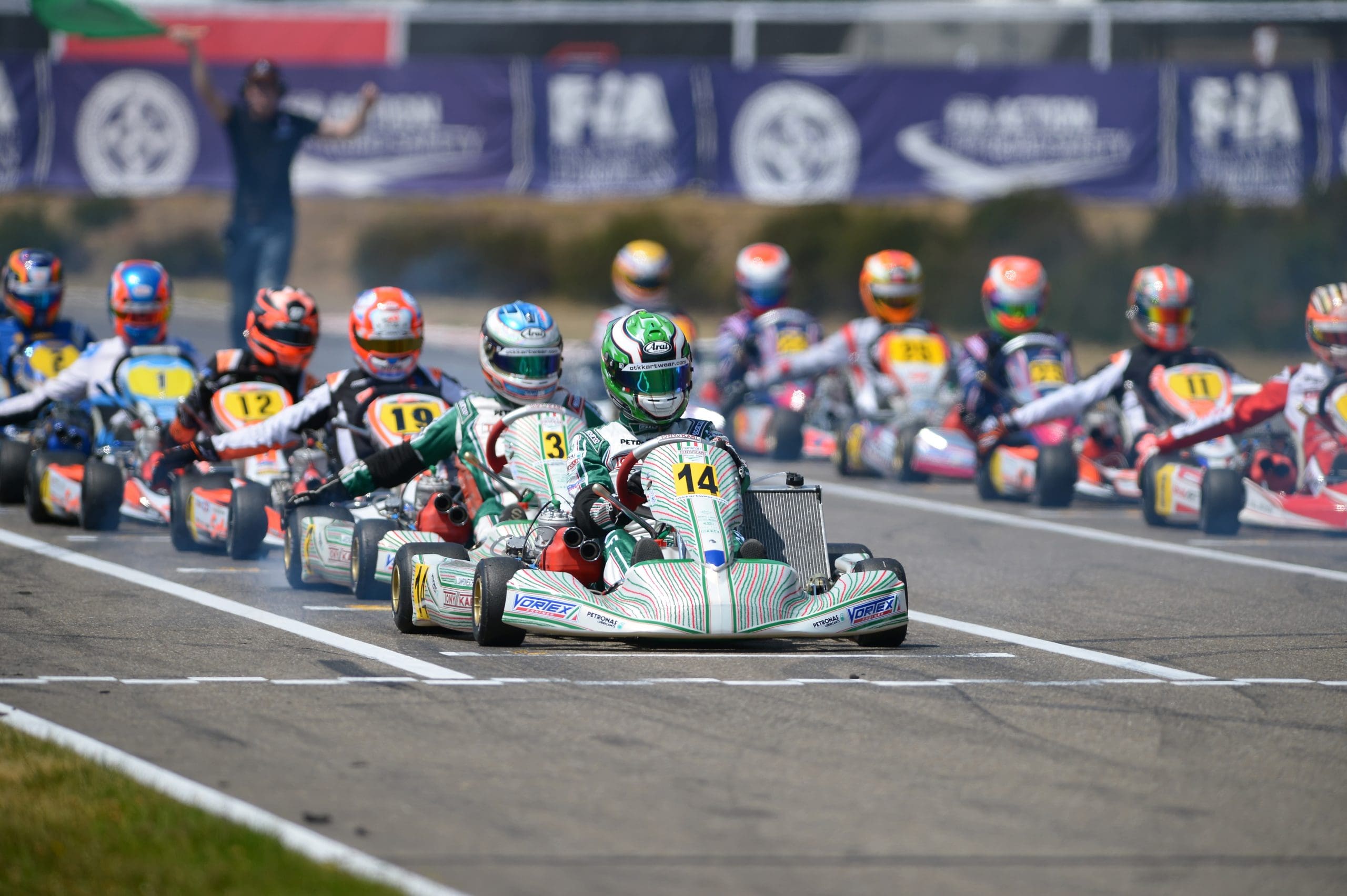
Generally, E-karts are surprisingly low maintenance, requiring little more than a recharge after each run. Thanks to their completely clean design, no pollution or smoke is released during operation, allowing for fully indoor race tracks, amongst many more environments.
Although less maintenance is required, operating and repairing these E-karts is more expensive than traditional models. This is usually due to the battery and electric motors proving much more expensive than conventional engines. Despite this, many go-kart centres have replaced their petrol-powered models with new electric karts.
Like all motorsports, professional championship titles come with the territory. The ERDF Masters Kart was one of the biggest electric go-kart races, with veteran drivers from other racing series, including Formula 1, WRC, IndyCar, DTM and the GP2 Series.
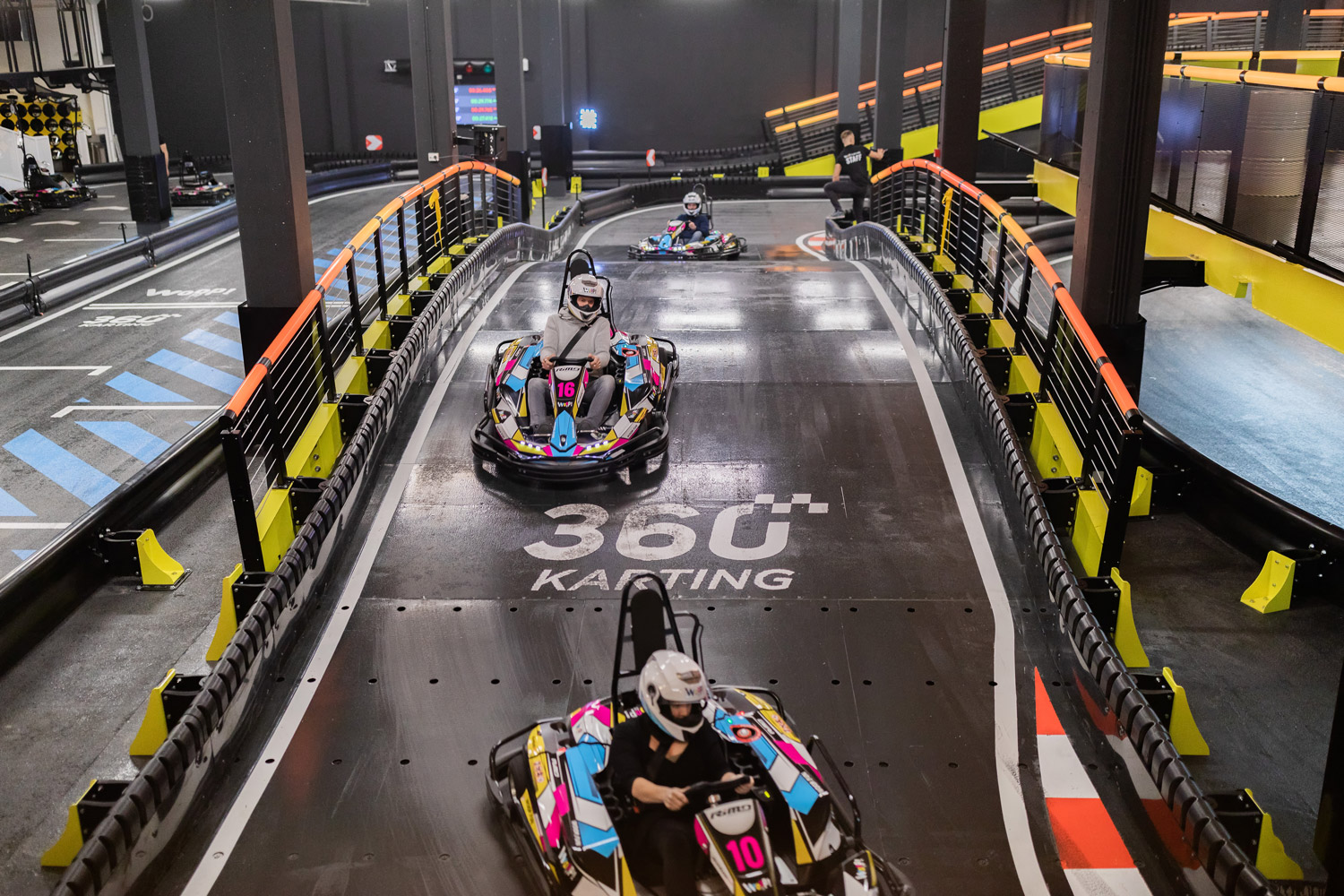
In 2018, Latvia became the first country ever to hold a ‘National Karting Championship‘ with divisional classes. Later on, the FIA and International Olympics Committee (IOC) both introduced E-karting as a competition for the Youth Olympics, a motor-sporting first.
It’s clear that E-karting is a thriving motorsport at the forefront of the future. We eagerly await the next advancement to these models, or when the next big championship race will be!
The Future of Electric Motorsports
These were some of the biggest motorsports to turn electric, with many more still making the transition. Every year, new advancements in technology gives more of an edge over older combustion models. We honestly can’t wait to see how motorsports will continue to evolve, or which one will turn electric next.


